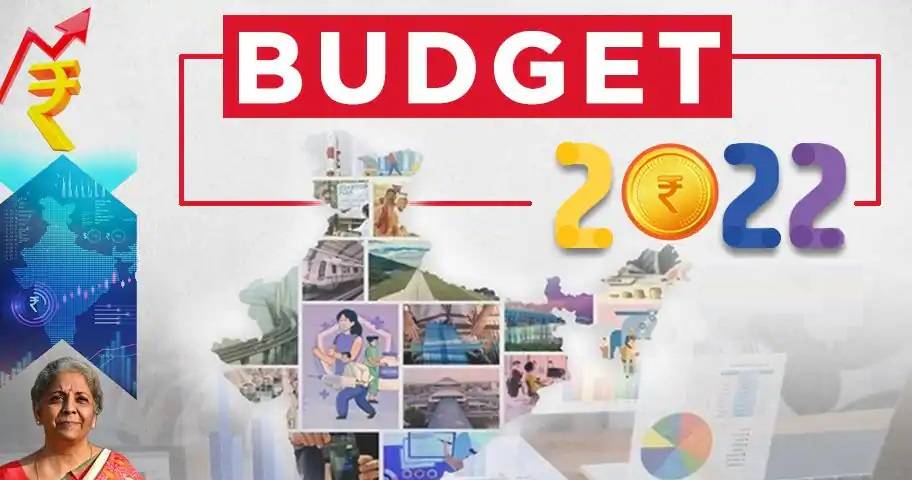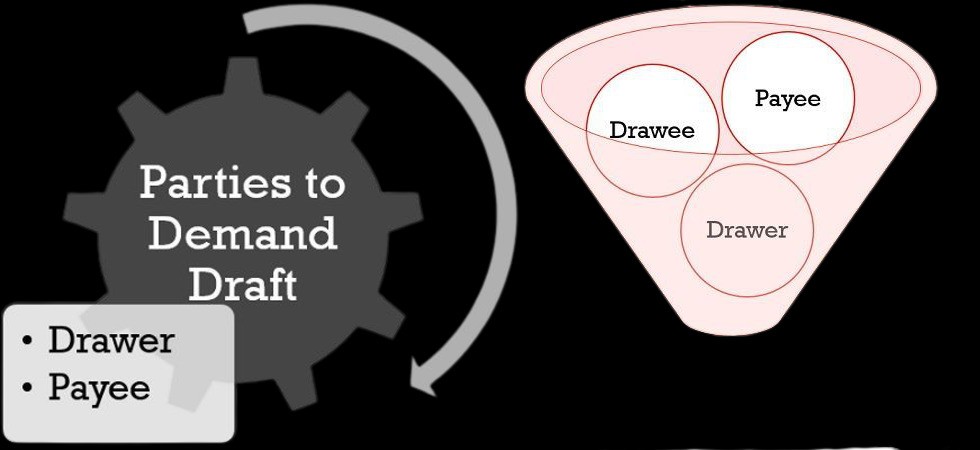It’s a big challenge for governments businesses and societies one way of tackling this challenge is by developing decarbonisation pathways.
These help state and regional governments to understand and address the climate crisis in their regions including related issues around the environment. The economy public health natural resources land use social inequality and air pollution decarbonization pathways enable leaders to make informed practical decisions on the most effective ways to reduce emissions.
A pathway starts from a government’s goal to reduce emissions and works backwards to determine how to achieve it. It involves identifying the sectors responsible for the greenhouse gas emissions and the technologies infrastructures and investments that will reduce them.
The climate group has broken down the process of building and implementing a pathway into nine steps to help governments develop a vision identify priority actions and their impacts and then implement a pathway.
- Identify resources and ambition developing an effective vision requires strong political leadership and wider public support. You will need a core team of staff dedicated to finding and working with the right groups and to creating a vision that works for everyone.
- Develop a base scenario. A base scenario informs governments about future emissions based on historical trends and current policies.
It helps to identify key emitting sectors where mitigation actions need to be focused and gives a reference point for when governments and stakeholders make decisions about different pathway scenarios.
- Set targets and a vision narrative a vision should describe a desired future greenhouse gas reduction targets should be ambitious but realistic too it is important.
That all the main stakeholders buy in to make it a success by completing these three steps governments will have developed a vision for their pathway.
- Identify and design actions governments need to identify priority actions with the highest potential for transforming their economies every one of these actions should be smart specific measurable achievable realistic and time limited.
- Model scenarios the goal of modeling scenarios is to make an informed decision about the most cost effective ways to decarbonize and achieve sustainable development targets.
- Select pathway to select a pathway the core team will need to present and explain the different modelled scenarios to decision makers and then agree which one to take forward the ideal pathway will realize a region’s vision through actions that reduce emissions in all sectors and contribute towards socio-economic goals by completing steps 4-6 governments will have identified priority actions and their impact.
- Design a monitoring framework evaluate any existing processes of monitoring and evaluation and monitoring reporting and verification and how these could support the new pathway.
- Design an implementation plan implementation is a long process so the plan must reflect the short medium and long term it should include supportive policies and regulations as well as how to access necessary finance and ensure the agreement of stakeholders.
- Review and update a pathway is a living document and will evolve over time it should be updated at least every five years to align with global stock takes under the paris agreement governments that have completed all pathway steps will then be ready to implement the pathway plan and begin to make real progress towards achieving the long-term vision.
Using these nine steps governments from anywhere in the world can set and meet ambitious climate targets if this happens then we will be in a better position to limit the effects of global warming and build a more secure future for all you.



